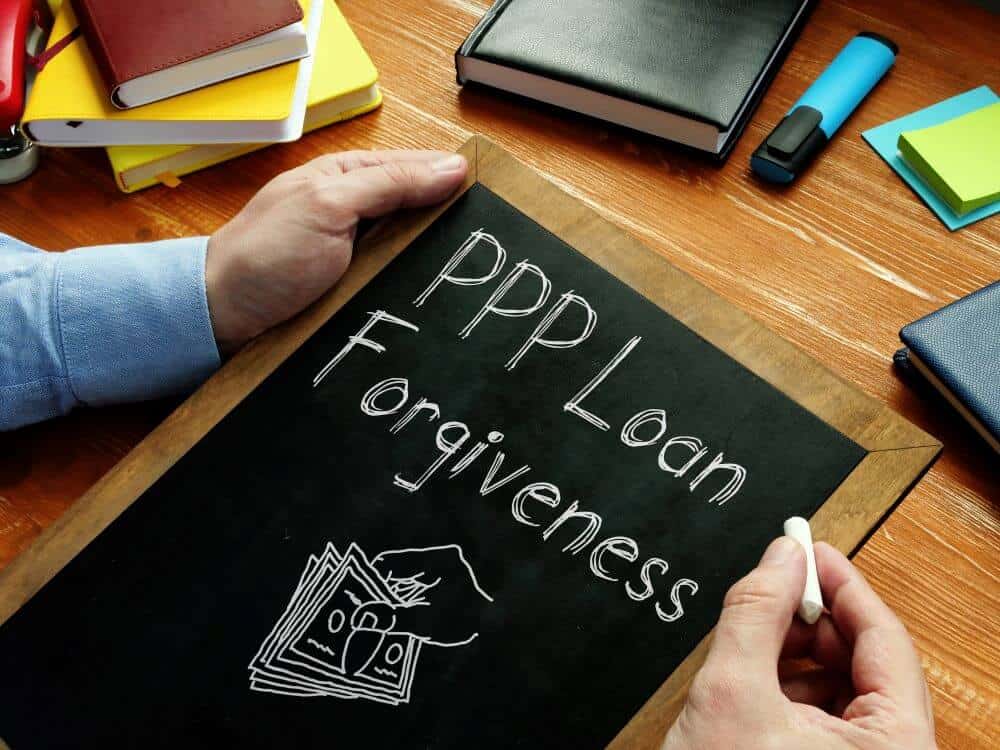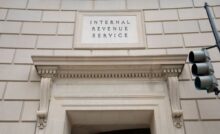PPP Loan Forgiveness Documentation Requirements


Last month it was announced the Paycheck Protection Program (PPP) loan forgiveness application had received a major overhaul. The updates were required to comply with the changes set forth in the PPP Flexibility Act of 2020. Prior to passage, there was feedback that aspects of the program needed to be changed to avoid confusion and make it easier for borrowers to apply. The approved updates include an extended covered period, a 5-year term for new applicants, new FTE Safe Harbor, FTE exceptions, and several modifications to the overall process. One important change was the publication of the new EZ and long-form forgiveness applications. The new applications and accompanying instructions guide make it easier for business owners to navigate the forgiveness process, including what documents need to be submitted and retained. To help clients, prospects and others understand these new requirements, Wilson Lewis has provided a summary of key points below.
Loan Forgiveness Documentation
- Payroll Expense Documentation – Borrowers should include any documents that verify the cash compensation and benefit payments made during the covered period. This should include bank statements, third party payroll reports, payroll tax filings, state quarterly business, and individual employee wage reporting and unemployment insurance tax filings. Borrowers should also include payment receipts, canceled checks, and account statements showing the amount showing employer contributions made to health insurance and retirement plans.
- Non-Payroll Expense Documentation – This includes any records verifying the existence of services and debt prior to February 15, 2020, and all payments made during the covered period. For business mortgage interest payments, it is suggested to include copies of the amortization schedule and receipts or canceled checks verifying payment submission. For rent or lease payments, it is suggested borrowers include a copy of the current lease agreement, receipts, or canceled checks, verifying eligible payments were made. Finally, for business utilities, copies of relevant invoices and proof of payment are acceptable.
- FTE Documentation – This requirement only applies to those using the long-form forgiveness application. This documentation should include the average number of FTE employees on payroll employed between February 15, 2019, and June 30, 2019, and the average number of FTE employees on payroll between January 1, 2020, and February 29, 2020. It is suggested to include payroll tax filings, state, and quarterly business and individual wage reports, and any unemployment insurance filings submitted.
Record Retention Guidelines
Borrowers are also required to retain certain documents for six years after the submission of the loan forgiveness application.
EZ Forgiveness Application
Borrowers applying for forgiveness using the EZ application are required to retain the following documentation.
- Any documentation supporting the certification that annual salaries and wages were not reduced by more than 25% during the covered period when compared against the period between January 1, 2020, and March 31, 2020. Examples include payroll records which list each employee showing the amount paid in the first quarter and those paid during the covered period.
- Relevant information regarding any job offers and refusals, refusal to accept the restoration of reduction in hours, terminations, voluntary resignations, employee written requests for reductions in work hours, and inability to hired qualified employees to fill vacant positions on or before December 31, 2020.
- Any documentation supporting the certification, that a borrower did not reduce the number of employees or average paid hours between January 1, 2020, and the end of the covered period. Only situations where reductions resulted because of the inability to rehire those who were employees on February 15, 2020, if the borrower was unable to hire similarly qualified individuals before December 31, 2020. Examples include payroll records that list each employee and show amounts paid between January 1, 2020 and the end of the covered period.
- Documents supporting the certification, when appropriate, that the borrower was unable to operate between February 15, 2020, and the end of the covered period at the same level of business activity as before due to compliance with COVID-19 business regulations issued between March 1 and December 31, 2020.
Long Form Forgiveness Application
Those using this form are required to retain a copy of the Schedule A worksheet and the following information:
- Any documentation which supports the inclusion of each employee on the Schedule A Worksheet, Table 1, including wage reduction calculations, as appropriate.
- Any documentation that supports the inclusion of each employee on the Schedule A Worksheet, Table 2, that each employee listed received compensation (during any pay period) at an annualized rate higher than $100,000.
- Relevant information regarding any job offers and refusals, refusal to accept the restoration of reduction in hours, terminations, voluntary resignations, employee written requests for reductions in work hours and inability to hired qualified employees to fill vacant positions on or before December 31, 2020.
- Documents supporting the certification, when appropriate, that the borrower was unable to operate between February 15, 2020, and the end of the covered period at the same level of business activity as before due to compliance with regulations issued between March 1 and December 31, 2020.
- Any information supporting Schedule A Worksheet, FTE Reduction Safe Harbor.
Contact Us
There are several requirements borrowers need to address when submitting the loan forgiveness application. It is important the proper documentation is prepared to ensure acceptance and processing. If you have questions about the information outlined above or need assistance with another PPP loan issue, Wilson Lewis can help. For additional information call us at 770-476-1004 or click here to contact us. We look forward to speaking with you soon.
Recent Posts
Relief on Tap for Georgia Taxpayers
Earlier this month Georgia Governor Brian Kemp signed two important parcels of legislation into law.…
Preparing for an ERISA Audit
Preparing for an ERISA plan audit often starts with understanding what the audit looks for…
Auto Dealership Benchmarking
Atlanta car dealerships are constantly searching for ways to increase new and used car sales.…
Navigating New Auto Tariffs: What Dealerships Need to Know
On April 3, 2025, a new 25% tariff on imported vehicles went into effect, bringing…
Leukemia & Lymphoma Society Fundraiser
I want you to imagine hearing the three words, “You have cancer.” Sadly, this has…
Wilson Lewis Named a Regional Leader by Accounting Today
Atlanta accounting and advisory firm Wilson Lewis was honored this month as one the top…

